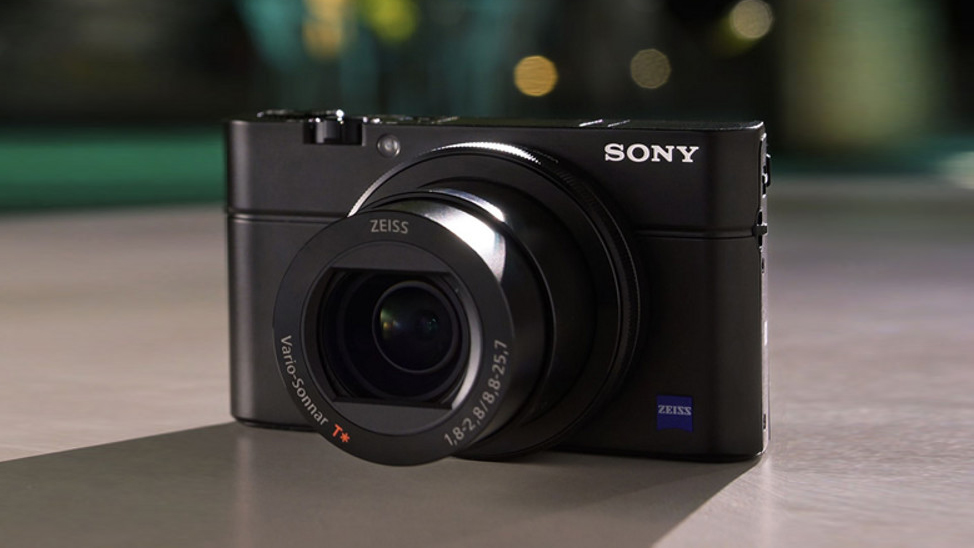Why you can trust TechRadar
With the exception of the hotshoe, Sony has kept all the good points of the RX100 II and has made some requested improvements. The sensor is a good performer and it's paired with the excellent Bionz X processor.
The addition of an EVF is a major bonus that helps with image composition in bright light and makes it easier to concentrate on the image. The extension of the LCD screen's tilting facility also makes the camera more desirable to selfie-lovers and the automatic countdown in 'selfie mode' is useful.
It is especially impressive that Sony has managed to add the EVF as a collapsible unit that doesn't disrupt the sleek lines of the camera and only adds about 2.5mm to one dimension. However, the two-stage erection process of the EVF doesn't seem especially sleek and a little 'unSony'. It is necessary to give the correct distance between the viewfinder elements, but the movement needs to be automated so that it pops out under its own steam.
We Liked
The RX100 III's small size means it can be slipped into a jacket pocket or handbag and carried everywhere when you don't want to carry a larger camera.
Thanks to its 1-inch sensor it's capable of recording high quality images and the wide maximum aperture enables good control over depth of field.
Sony has given the RX100 III an impressive level of customisation so that users can access their favourite features quickly. The default settings are good and changing them only takes a few seconds. In addition, the camera is compatible with Sony's growing collection of PlayMemories Camera Apps that allow extra functionality to be added to the camera.
We disliked
While we like the fact that the RX100 III has an electronic viewfinder, most people that we showed it to failed to recognise that the rear element had to be pulled out after it was popped-up. When we explained it was necessary they weren't especially impressed. This is a shame as the viewfinder is actually pretty good and it makes the camera much easier to use in many situations, especially in bright light.
Sign up for breaking news, reviews, opinion, top tech deals, and more.
As with Sony's other cameras, the RX100 III cannot shoot raw files when the filter effects are being applied to JPEGs. What's even more annoying is that raw capture must be turned off before the effects can be selected, it would be easier if selecting a filter turned off raw recording (with a warning). With a powerful processor like Bionz X we could reasonably expect that filter effects could be used when shooting simultaneous raw and JPEG files.
It would also be nice to see a touchscreen to allow quick AF point selection and settings adjustment.
Final verdict
Sony is continuing a trend set with the RX100 and RX100 II, seeing the RX100 series as the compact camera for those stepping up from a smartphone or basic compact, the RX 100 II being for those who want something a little more and better image quality. The RX100 III is the 'all-rounder', for those who want the convenience of a compact camera, high image quality and a viewfinder.
While we're not entirely happy with how the viewfinder is activated, the RX100 III is an excellent camera. It is generally easy to get to grips with, pleasant to use and is capable of capturing high quality images throughout its sensitivity range.
